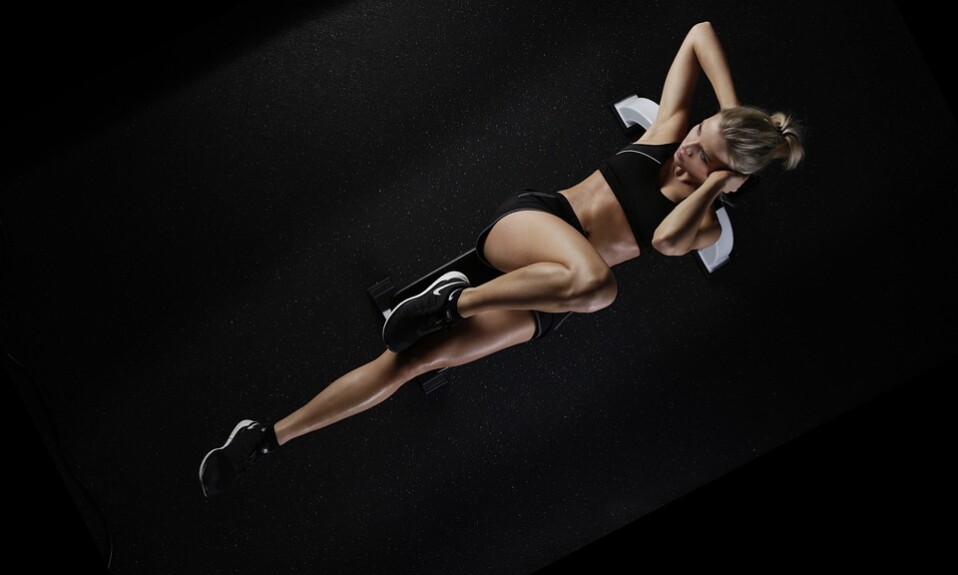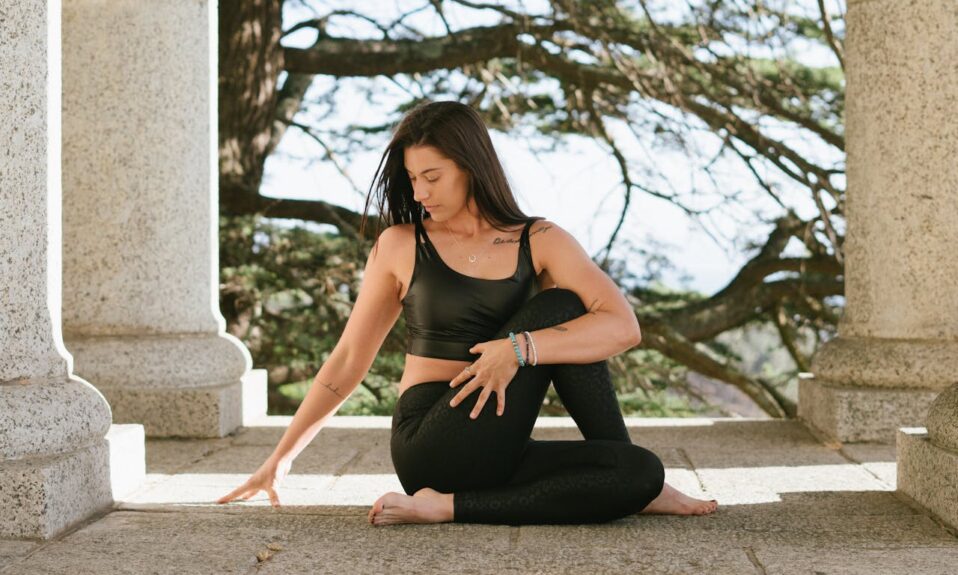In this article, we will discuss the muscles targeted when using an exercise bike. We will explore the benefits of using this popular piece of exercise equipment and how it can help you get a full-body workout.
When using an exercise bike, you primarily target the lower body muscles. The quadriceps, hamstrings, and calf muscles are all engaged while pedaling. The quadriceps, located in the front of the thighs, are particularly active during the downstroke of the pedal. The hamstrings, on the other hand, are engaged during the upstroke of the pedal. As you push and pull with your legs, you also work the calf muscles.
Aside from the lower body, the glutes, or buttock muscles, also play a significant role in the pedaling motion. These muscles help power each pedal stroke and are essential for maintaining proper form and generating power.
While the primary focus of an exercise bike workout is on the lower body, the core muscles are also engaged to some extent. Your abs and lower back muscles work to stabilize your body as you pedal. This helps improve core strength and stability, which is essential for maintaining good posture and balance.
Engaging your core muscles while using an exercise bike can also help you develop a strong and stable foundation, which can benefit you in other activities, such as running, cycling, or weightlifting.
Most traditional exercise bikes do not have moving handlebars or options to engage the upper body muscles. However, there are stationary bikes equipped with movable handlebars or arm pedals that allow you to work your upper body simultaneously. These bikes provide a full-body workout by engaging the muscles in the arms, shoulders, and upper back.
If you want to target your upper body muscles while using a traditional exercise bike, you can incorporate upper body exercises, such as bicep curls or shoulder presses, during your workout. This allows you to maximize the benefits of your exercise session and work your entire body effectively.
Exercise bikes offer numerous benefits, including cardiovascular conditioning, lower body strength and endurance, and calorie burning. Pedaling on an exercise bike provides a low-impact workout, making it suitable for individuals of all fitness levels. It is also a convenient option for those looking to improve their cardiovascular health or lose weight. Moreover, using an exercise bike can help improve your mental well-being and reduce stress.
Regular use of an exercise bike can also lead to improved muscular endurance and toning in the lower body. It helps strengthen the quadriceps, hamstrings, glutes, and calf muscles, leading to better overall lower body strength and performance. Additionally, cycling on an exercise bike is a great way to improve joint mobility and overall flexibility.
Using an exercise bike targets a variety of muscles, primarily focusing on the lower body while also engaging the core muscles to some extent. The benefits of using an exercise bike include improved cardiovascular health, lower body strength and endurance, as well as the option to engage the upper body muscles for a full-body workout.
Whether you are a beginner or a seasoned fitness enthusiast, incorporating an exercise bike into your workout routine can help you achieve your fitness goals and improve your overall well-being.
1. Is an exercise bike suitable for people with knee pain?
Yes, using an exercise bike can be a great option for people with knee pain. The low-impact nature of cycling puts less stress on the joints, making it a safe and effective form of exercise for individuals with knee issues. However, it’s essential to consult with a healthcare professional before starting any new exercise program.
2. Can I lose weight by using an exercise bike?
Yes, using an exercise bike regularly can help you burn calories and contribute to weight loss. By incorporating high-intensity interval training (HIIT) or longer endurance rides into your workout routine, you can effectively burn fat and improve your overall body composition.
3. How often should I use an exercise bike to see results?
Consistency is key to seeing results. Aim to use the exercise bike at least 3-5 times per week for 30-60 minutes per session. This will help you build cardiovascular endurance, strengthen your lower body muscles, and contribute to your overall fitness goals.
4. Are there different types of exercise bikes available?
Yes, there are various types of exercise bikes, including upright bikes, recumbent bikes, and indoor cycling bikes. Each type offers a different riding position and features, catering to different preferences and fitness goals.
5. How can I maintain good posture while using an exercise bike?
To maintain good posture while using an exercise bike, ensure that your back is straight, and your shoulders are relaxed. Adjust the seat and handlebars to a comfortable position, allowing your arms and legs to move freely without strain. Keep your core engaged to support your upper body and prevent slouching.





